Sponsored by Shot Scope
Should You Go For The Green On A Driveable Par 4?
On paper they represent a scoring opportunity, but what is the optimum approach on short par fours? We crunch the numbers to reveal all


Reachable par fours are the holes you often think about before you even get to the tee. Even if you’ve made a few bogeys early on, these holes should offer some respite and the chance of a birdie to turn the momentum round in your favor. But often, we end up making a hash of them due to a lack of clarity over the optimum strategy. Different golfers play these short holes in a variety of ways - some lay up with an iron to leave a preferred yardage while others reach for the driver to have a crack at the green. So what should you do and does the best approach vary by handicap? We enlisted the help of data from Shot Scope to find out.
Now the first point we need to make is that for most golfers, par fours aren’t usually within reach unless the conditions are especially favorable - be it very firm and bouncy or significantly down wind. This is because the average driving distance for a 15 handicap golfer is 236 yards. The shortest par 4 in the UK measures 245 yards which means in normal conditions, only 10 handicaps or below on average would be able to reach the green. However, if the weather and conditions are in your favour and the green is in range, are you better off going for the green or laying back?
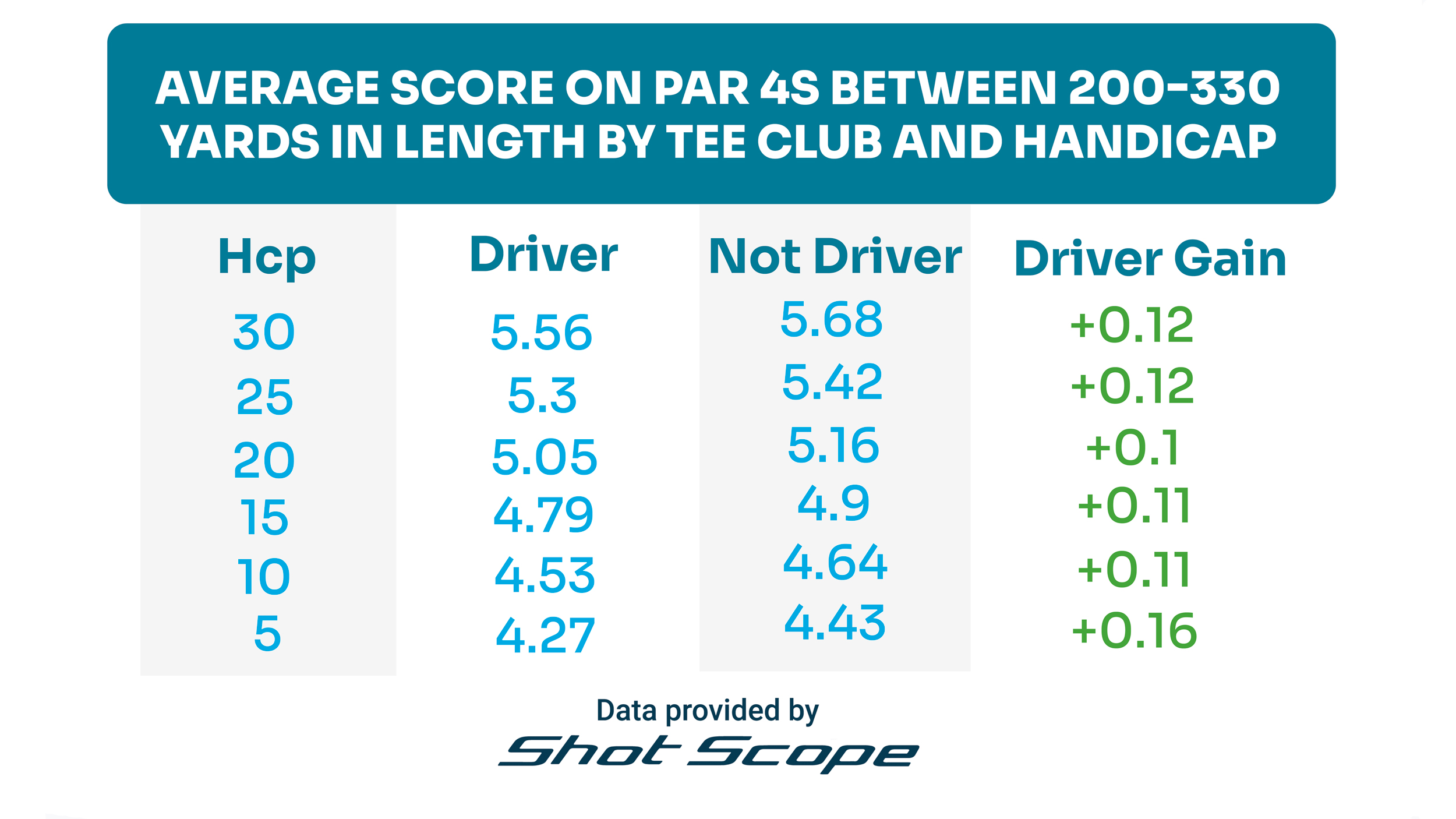
Well the Shot Scope data suggests that every ability of golfer is better off hitting driver than any other club. Gains with the driver range from +0.10 to +0.16 strokes, with the biggest benefit seen in better players. Even 30 handicap golfers gain +0.12 strokes using the driver so the data clearly supports an aggressive strategy off the tee on reachable par 4s.
This is backed up further by tee shot accuracy statistics which suggest that golfers are no more accurate off the tee with a three wood than they are a driver, so the theory of choosing a slightly shorter club than driver for additional control doesn’t really stack up in reality.
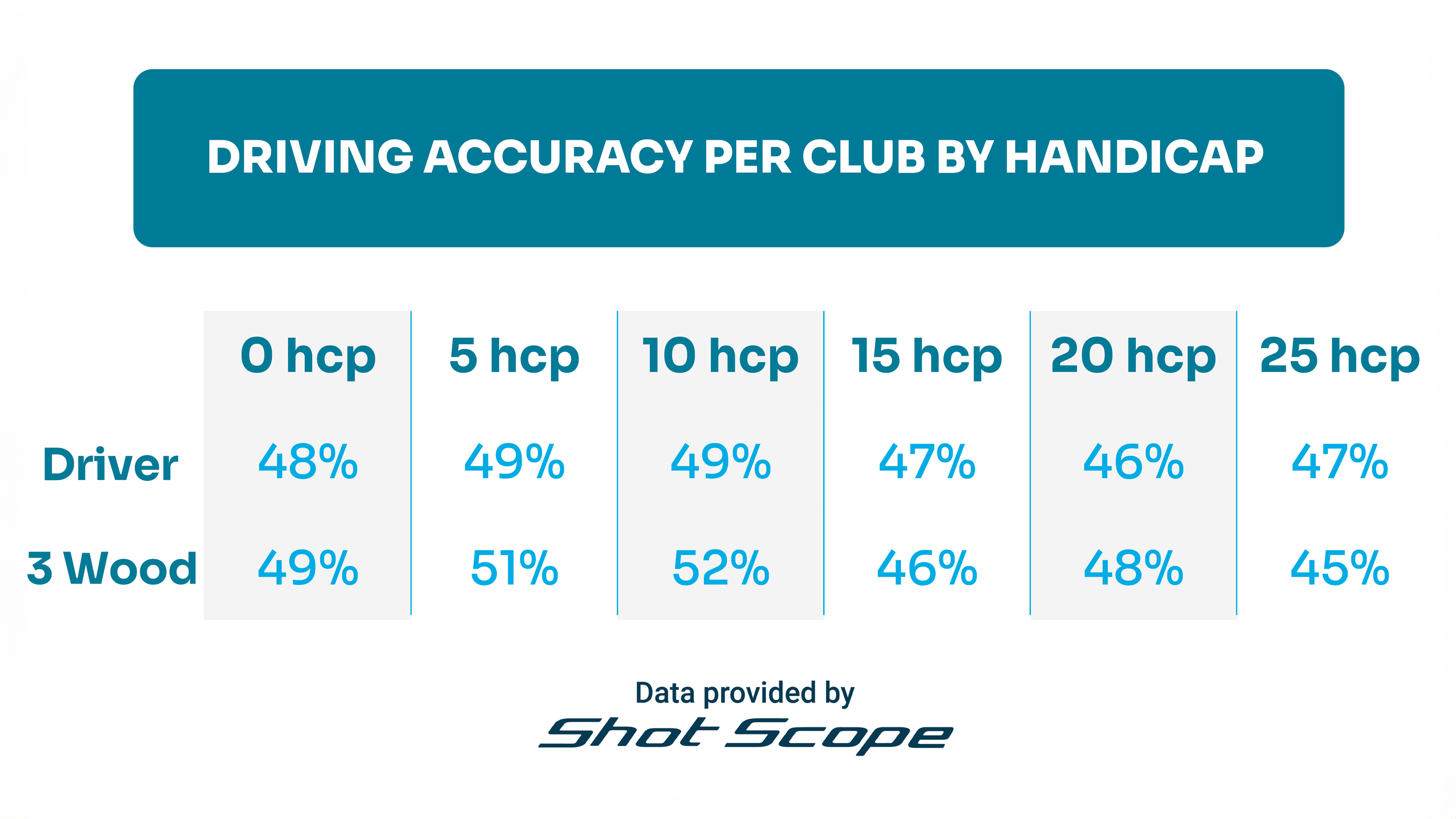
One final point to note is that even if the green isn’t quite in range, you’re still better off using driver and getting as close to the green as possible rather than laying back to a favored yardage because there is a direct correlation between distance from the hole and resulting score for every ability of player. Additionally, from 100 yards out a 10 handicap player is only hitting the green 49 percent of the time.
So there you have it, conclusive evidence that you’re far better off going for the green on a short par 4 than laying back. The stats have no doubt provided some food for thought and may well trigger a change in your strategy that could unlock lower scores.
Subscribe to the Golf Monthly newsletter to stay up to date with all the latest tour news, equipment news, reviews, head-to-heads and buyer’s guides from our team of experienced experts.

Joel has worked in the golf industry for over 15 years covering both instruction and more recently equipment. He now oversees all equipment and video content at Golf Monthly, managing a team of talented and passionate writers and presenters in delivering the most thorough and accurate reviews, buying advice, comparisons and deals to help the reader or viewer find exactly what they are looking for.
One of his career highlights came when covering the 2012 Masters he got to play the sacred Augusta National course on the Monday after the tournament concluded, shooting a respectable 86 with just one par and four birdies. To date, his best ever round of golf is a 5-under 67 back in 2011. He currently plays his golf at Burghley Park Golf Club in Stamford, Lincs, with a handicap index of 3.1.
Joel's current What's In The Bag?
Driver: Titleist GT3, 9°, Fujikura Ventus Black 6 S shaft.
Fairway wood: Titleist TSR3, 15°
Hybrid: Titleist TSi2, 18°
Irons: Titleist T150, 4-PW
Wedges: Titleist Vokey SM10, 50°, 54° and 58°
Putter: LAB Golf DF3
Ball: 2025 Titleist Pro V1x
-
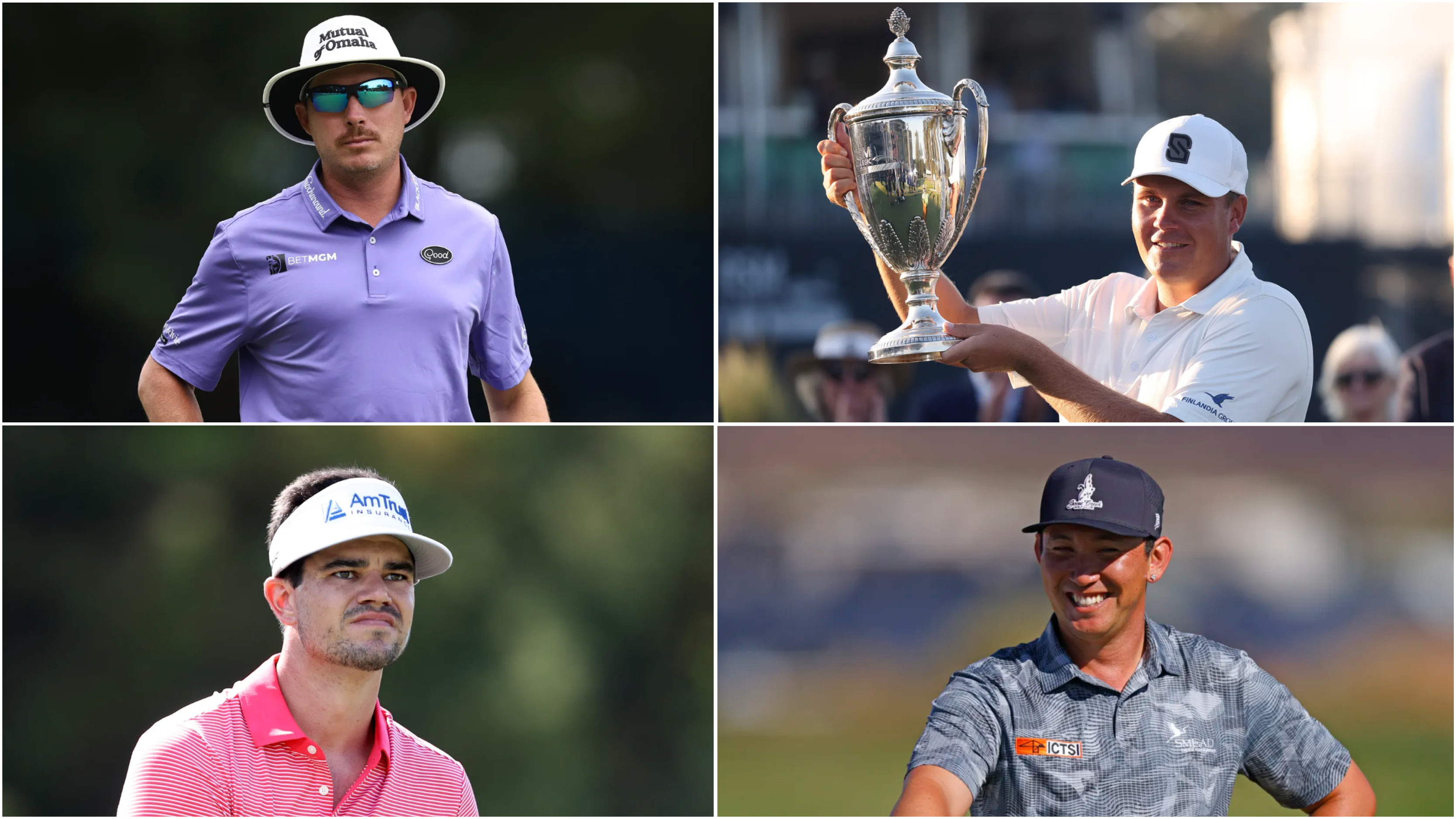 Which Players Saved Or Lost PGA Tour Cards After The RSM Classic?
Which Players Saved Or Lost PGA Tour Cards After The RSM Classic?Some players took their chance to clinch safety late in the season while several others slipped outside of the FedEx Cup's top-100 after the RSM Classic
-
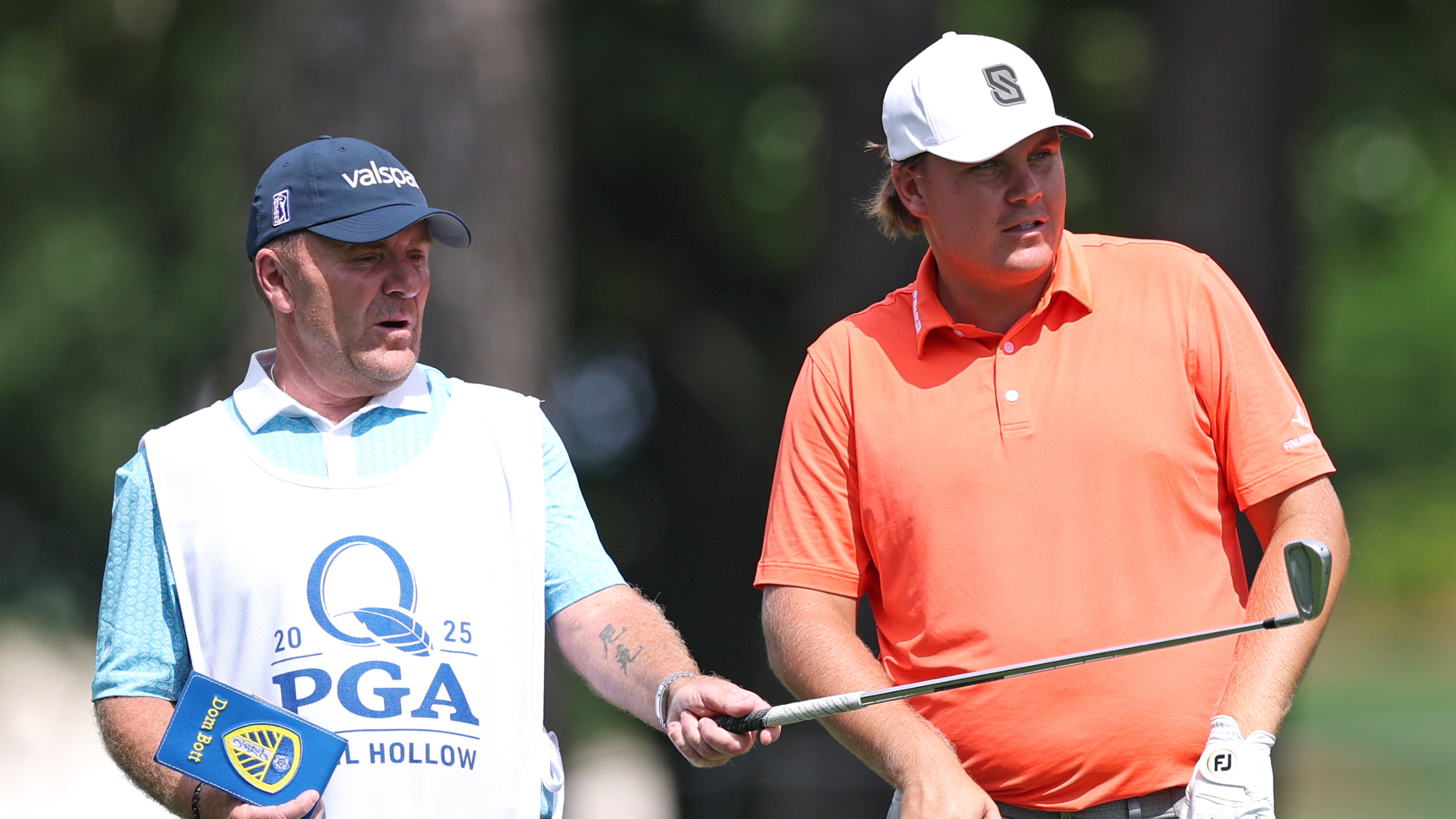 Who Is Sami Valimaki's Caddie?
Who Is Sami Valimaki's Caddie?Sami Valimaki is making a name for himself on the PGA Tour, but who is his caddie?
-
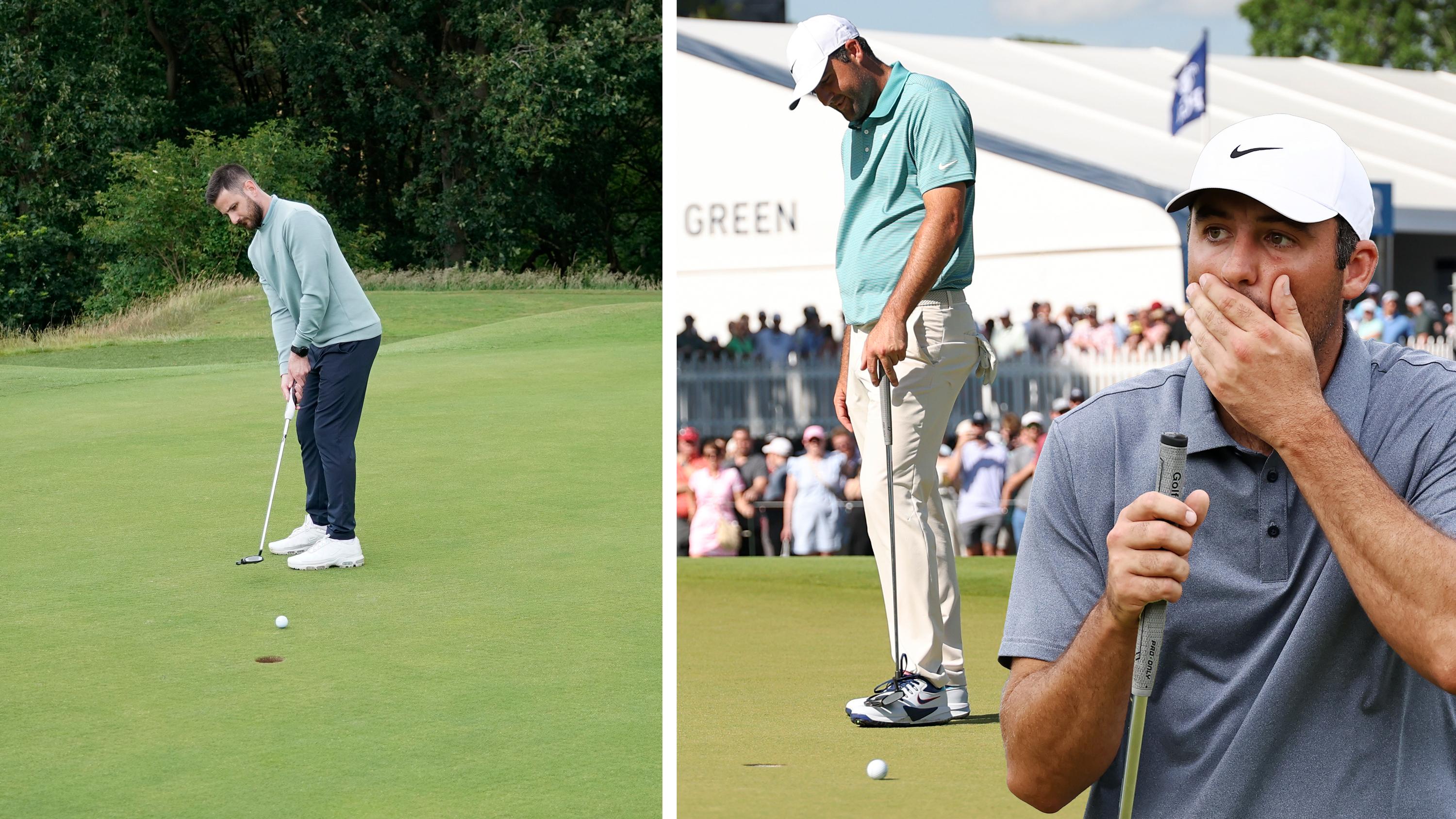 How Many Putts Do PGA Tour Players Miss From Inside 5ft... And How Do Amateurs Compare?
How Many Putts Do PGA Tour Players Miss From Inside 5ft... And How Do Amateurs Compare?We are used to seeing PGA Tour pros make putts from inside 5ft with relative ease, but how many do they miss... and how do you compare? Let's find out...
-
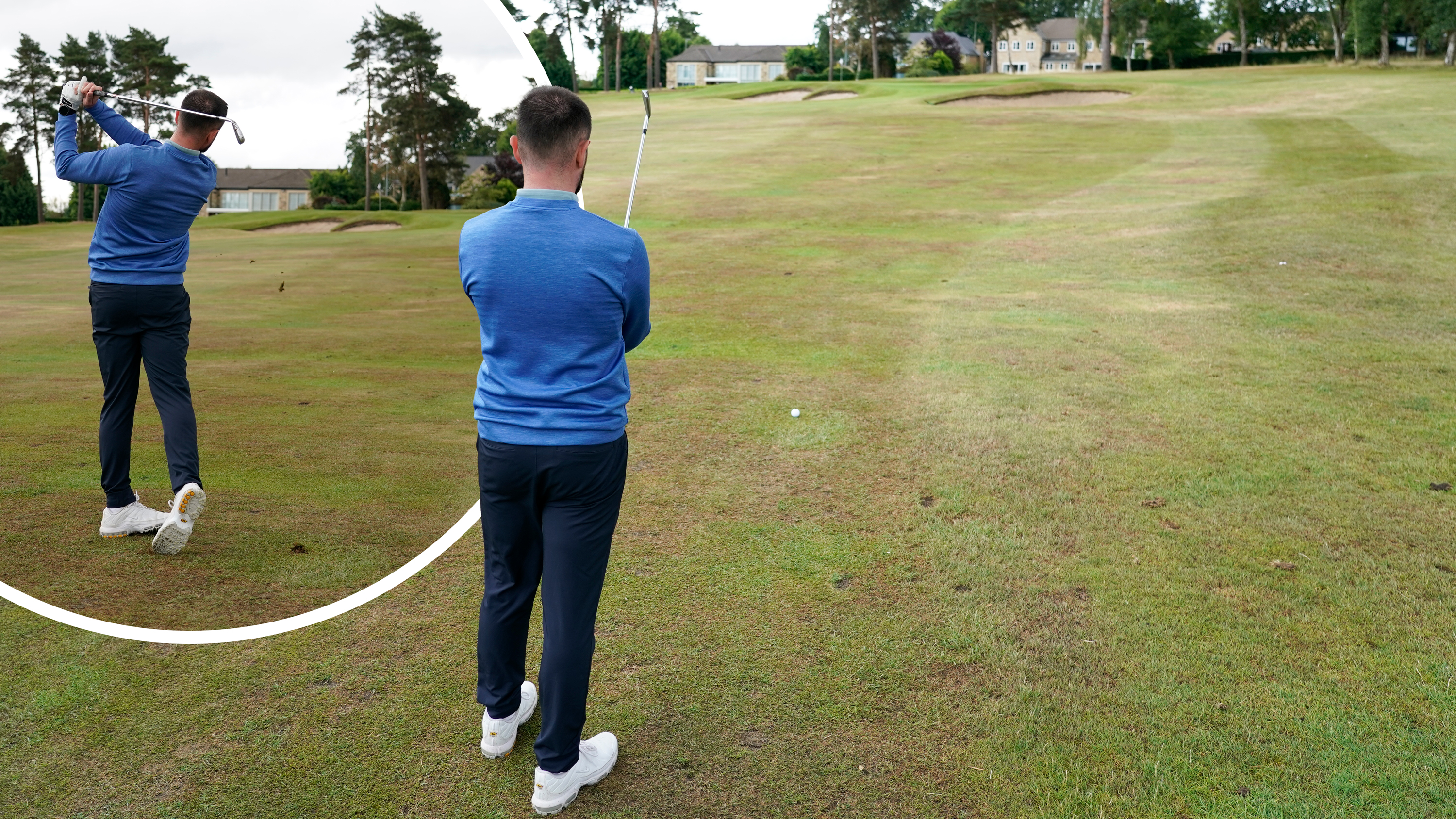 I'm Desperate To Break 80... But How Many Greens In Regulation Do I Need To Hit?
I'm Desperate To Break 80... But How Many Greens In Regulation Do I Need To Hit?Breaking 80 is a tough milestone to crack, but how many greens in regulation do you need to hit to get over the line? The latest Shot Scope data has the answer
-
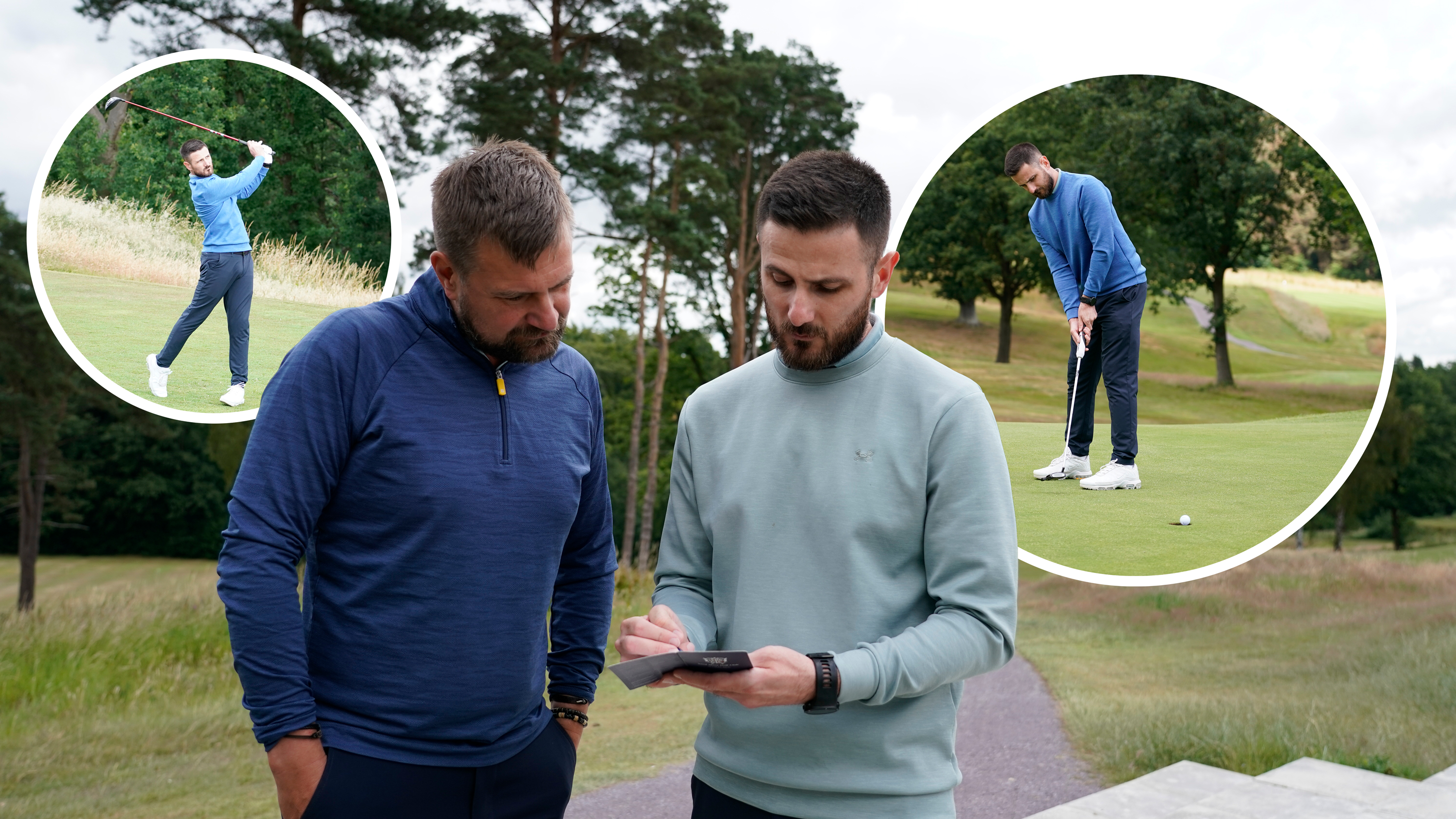 10 Key Performance Stats You Need To Know (Pay Attention To No.6)
10 Key Performance Stats You Need To Know (Pay Attention To No.6)Many amateur golfers head onto the golf course without a clear strategy, but our 10-point plan will help you to focus on the things that really cut your scores
-
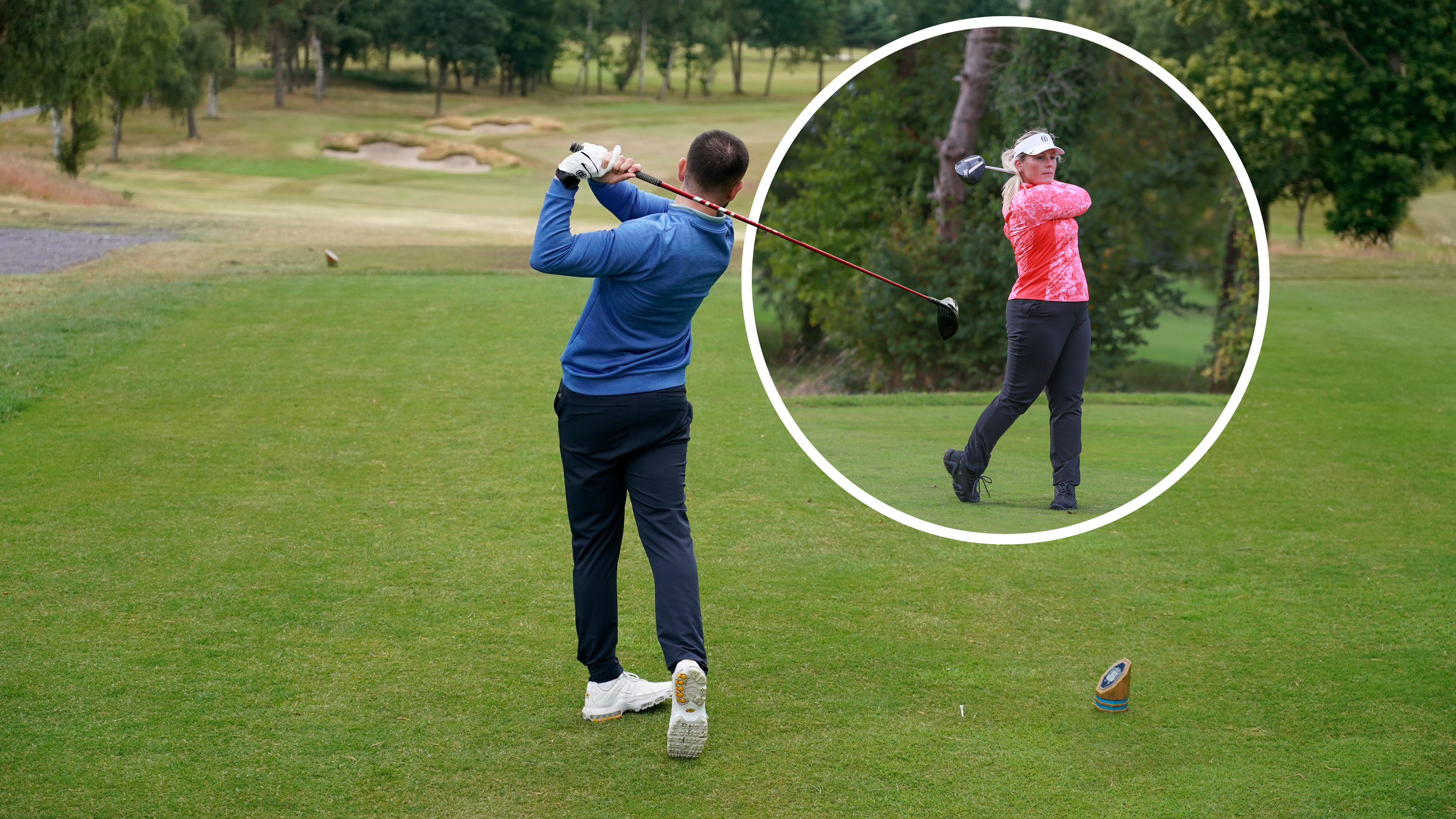 What's The Longest Drive Hit By An Amateur Golfer In 2025... And How Do You Compare?
What's The Longest Drive Hit By An Amateur Golfer In 2025... And How Do You Compare?We know how far tour golfers hit the ball off the tee, but what is the longest drive hit by an amateur golfer in 2025? I asked Shot Scope to find an answer...
-
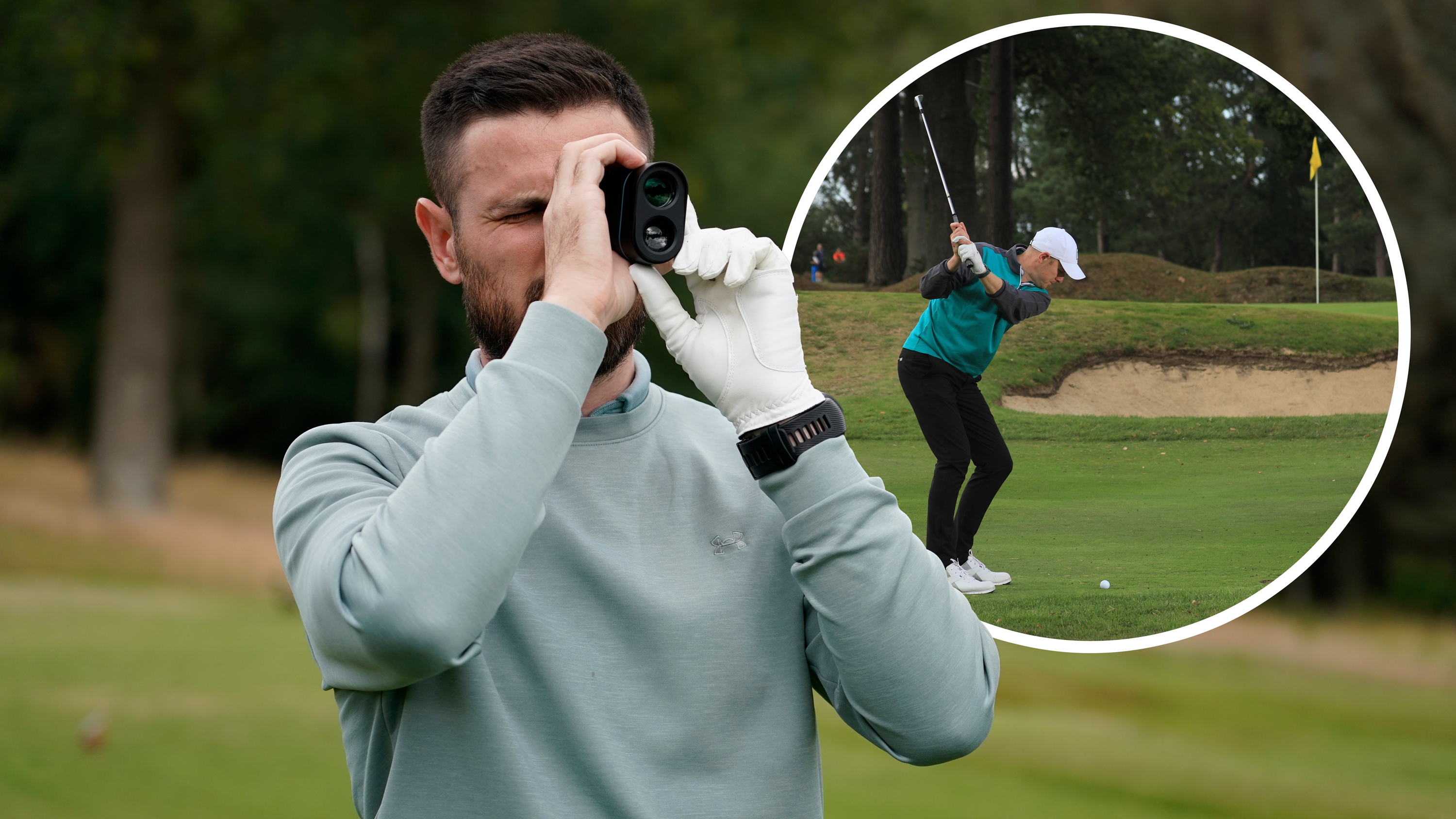 How Far Does The Average Amateur Golfer Hit Their Pitching Wedge?
How Far Does The Average Amateur Golfer Hit Their Pitching Wedge?The ability to hit a pitching wedge in close to the pin can lead to low scoring and even lower handicaps , but how far does the average amateur hit this club?
-
 The 9 Most Surprising Golf Stats That Will Blow Your Mind
The 9 Most Surprising Golf Stats That Will Blow Your MindInto your numbers? Nothing will prepare you for the surprising stats about the play of real golfers we've compiled here, with help from Shot Scope...
-
 This Common Golf Shot Is Almost Impossible For Some Amateurs... Here's What You Should Do Instead
This Common Golf Shot Is Almost Impossible For Some Amateurs... Here's What You Should Do InsteadThis shot is taken on by many amateurs who foolishly think they can beat the odds, but the data suggests it's almost impossible for some golfers to execute
-
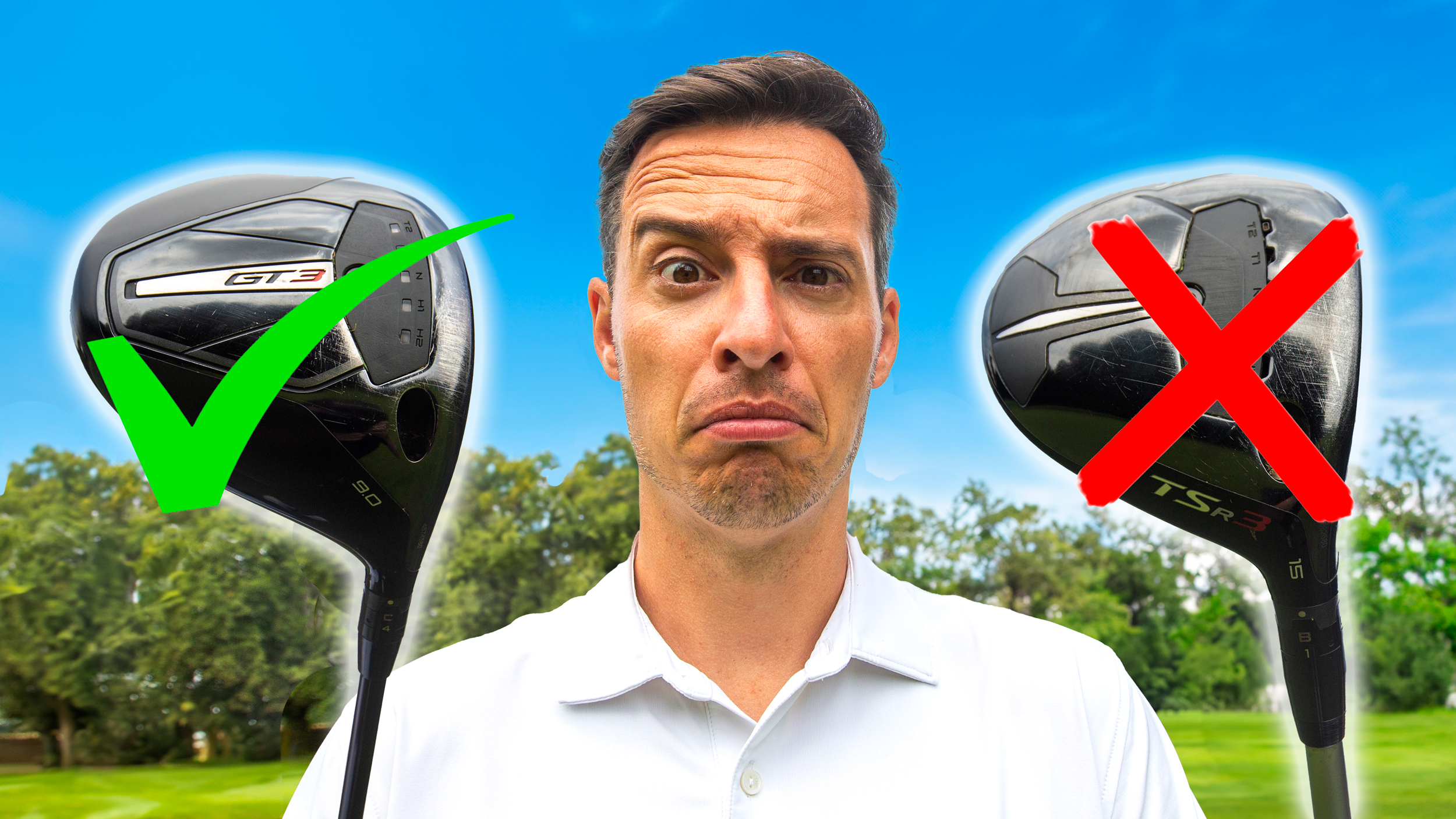 The Biggest Strategy Myths In Golf... Debunked By Data!
The Biggest Strategy Myths In Golf... Debunked By Data!We dispel some of the biggest myths in the game when it comes to optimum strategy and club selection. Some of which will really surprise you!